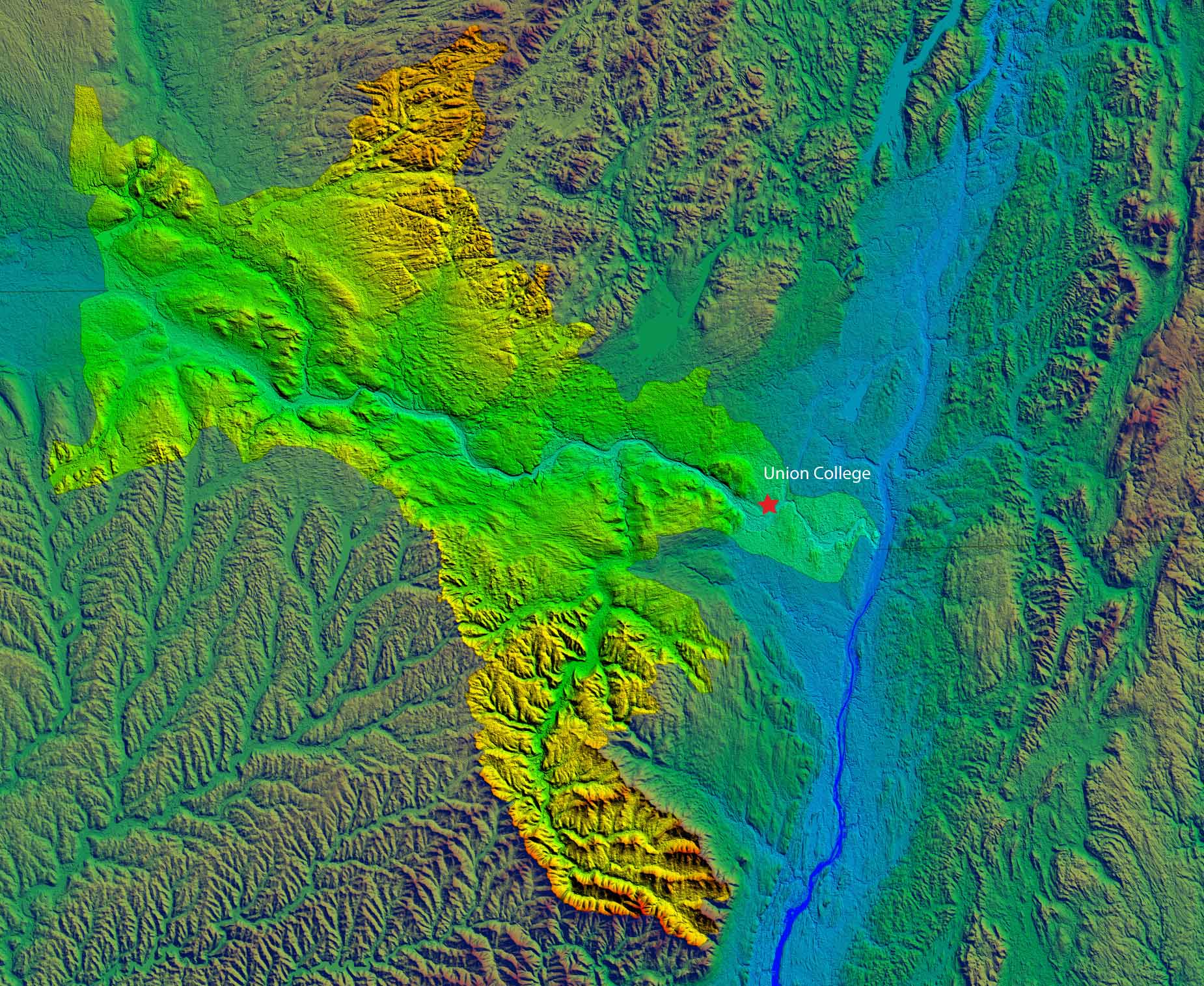Mohawk Watershed Symposium
2010 Symposium, Union College
| Mohawk Watershed Group at Union |
Mohawk Watershed Symposium |
||
{This program is in the past, see below for recent and ongoing events} The Mohawk Watershed Research Group at Union College is hosting the second symposium on the physical aspects of the Mohawk River Watershed. The scientific program, and timing of theme sessions will be determined by the composition of abstracts received. The meeting will highlight recent and on-going work in the watershed during oral and poster presentations and the technical sessions will be followed by a banquet with a keynote address that evening. Announcement for the March 2011 Symposium is Here. DOWNLOAD 2010 Abstract Volume here (9 Mb) PROGRAM for the 2010 Symposium is here. While there are many scientific and engineering aspects of the Mohawk watershed that are important, the following themes are central to the conference focus:
Voluntered oral presentations will be 15 minutes, with two minutes for questions and speaker transition. Posters should be 48” wide or less in order to fill the provided space (vertical length is less important). FORMAT and ABSTRACTS Submitted contributions in the form of extended abstracts will be required for either oral or poster presentations. The extended abstract volume will be available to registered participants at the meeting and it will then be available here as a downloadable PDF after the meeting. All presentations, whether oral or poster, are required to have an accompanying abstract that must pass review. Abstract requirements: All extended abstracts must be submitted electronically. For abstract submission, we require the following formats: File Format: Microsoft Word; Margins: Left and right 1 inch. Heading Text: Centered 12 pt. bold Times New Roman with one space between text above and below. Subheading text: 10 pt. bold Times New Roman; Body Text: 10 pt. Times New Roman single-spaced (we will make the paper double spaced, please do not do this). Figures (& photos as figures): Please include figures within the text as high resolution JPG or TIFF format - no other formats will be accepted (i.e. embedded Excel graphs). Please try to avoid the required use of colors, but feel free to submit figures in color, and we will convert to B&W for the print version. The online pdf version of the abstracts will be in color, but the printed volume for the conference will only have limited color use. So it is helpful if figures are meaningful and understandable if in either black and white or color. When essential, we will use color for printed figures. Figures will be placed in the text as either one column or two column, so some thought should be given to length to width ratio of individual items. Length: Extended abstracts can be between 1 and 4 pages given these formatting guidelines, including figures placed as a reasonable size in the text. Start the extended abstract with an introduction or overview: do not start with an abstract. Please ensure that your abstract is equal to or less than 10 Mb, including figures. Any single figure greater than 2 Mb will be returned or simplified. Please do not Zip or compress your electronic submission. Note that we will insert figures into the final formatted text. Please see examples from 2009 for required format. Oral presentations have been scheduled. Volunteered papers are allotted 15 minutes for presentation, and Invited papers are allotted 20 minutes. There is scheduled time for questions and transition. All talks will be delivered at a lectern at the front of the Olin Auditorium. Speakers should plan to provide a a file on a USB key in Powerpoint format (.ppt, .pptx, or .pps). The A PDF of the Schedule is here. Posters dimensions should be a maximum of 50 inches in width, and 36 Inches in height. Abstract due date for talks and posters: 26 February 2010 Registration is OPEN. Pre-registration for this meeting is required. Badges will be provided at registration, and are required for entrance to the meeting. Register here by 19 February 2010 Fees: Professional $15; Students $10 - please mail check after you register - see address below). You will be mailed a reciept after we recieve payment. No walk ons will be accepted, pre-registration and prepayment for this meeting is required. The evening Banquet is $20. To keep costs down we do not have registration that can accept credit card charges, so we require a check for the total to be mailed to Geology Department, Union College, 807 Union Ave, Schenectady NY. ACCOMMODATIONS The Holiday Inn on 100 Nott Terrace and the Days Inn at 167 Nott Terrace are wthin easy walking distance to the Olin Center on the Union College Campus (2 blocks). During the meeting, Dutch Hollow, a small campus eatery, will be open for lunch and breakfast. PARKING and CAMPUS ORIENTATION Plenty of parking will be available on campus. This meeting is during exam period, so the campus will have few students. Download this map for parking areas that will be open and available ("P"), and note that the Olin Center is #35 on the map. Detailed directions to the Campus are here. Program co-Chairs: Jaclyn Cockburn, Department of Geology, Olin Building, Union College 807 Union ST Schenectady, NY 12308-2311, USA +1, 518-388-8015(Office) +1, 518-388-6770 (main office) +1, 518-388-6417 (fax) Email: cockburj @union.edu (remove space after name). John Garver, Department of Geology, Olin Building, Union College 807 Union ST Schenectady, NY 12308-2311, USA +1, 518-388-6770 (Office) +1, 518-388-6770 (main office) +1, 518-388-6417 (fax) Email: garverj @union.edu (remove space after name).
All rights reserved. No part of the document (including photos) can be copied and/or redistributed, electronically or otherwise, without written permission from: Chair, Geology Department, Union College, Schenectady NY, 12308-2311, USA. First Posted: 21 September 2009 Last Revised: 3 March 2010
|
||
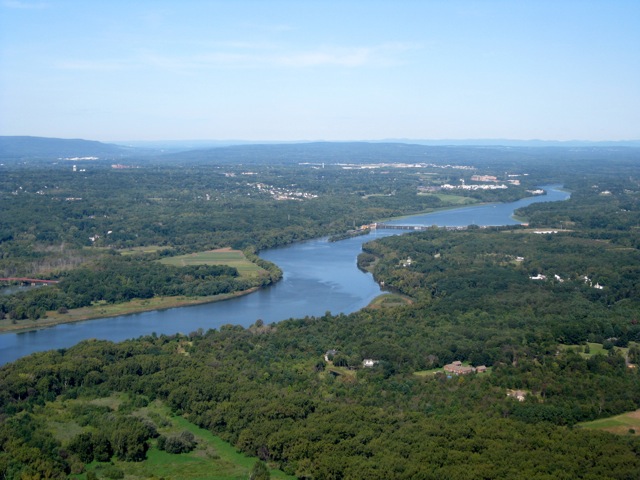
Mohawk River, Lock 7, as viewed looking to the southwest, September 2008.

Gilboa Dam, with installed siphons, Sept. 2009.
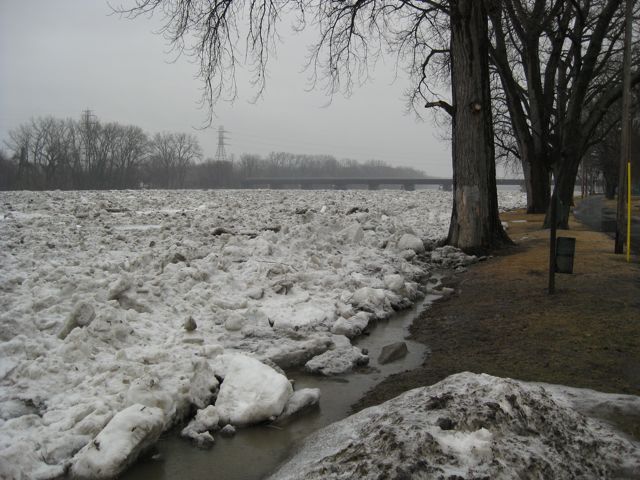
The 2009 Ice jam that occurred in Schenectady (the Stockade).
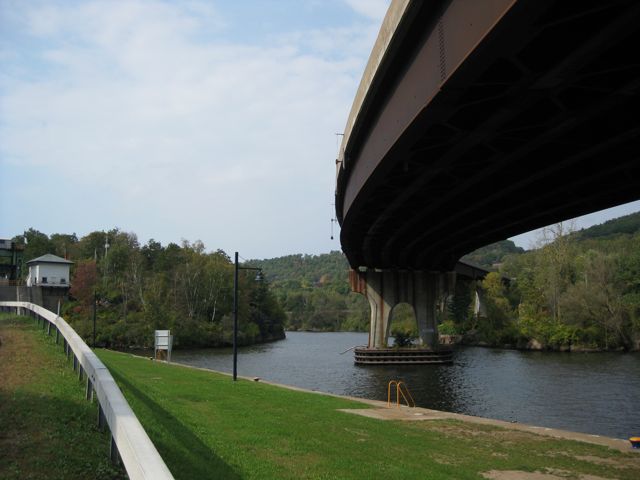
Bridge and Lock at Little Falls.
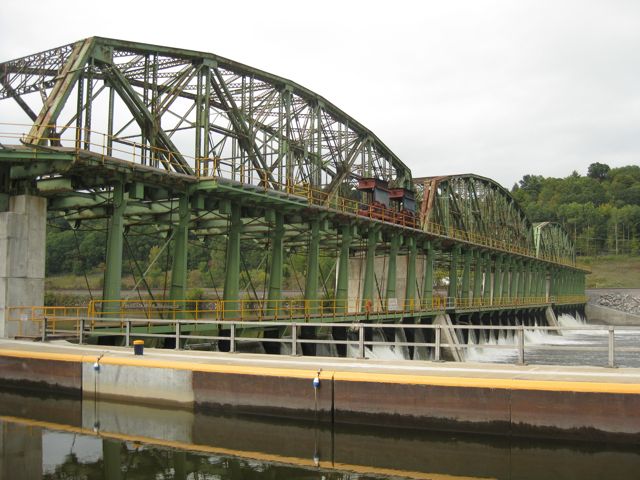
Lock 10 in Sept 2009. This facility was badly damaged in the 2006 flooding.
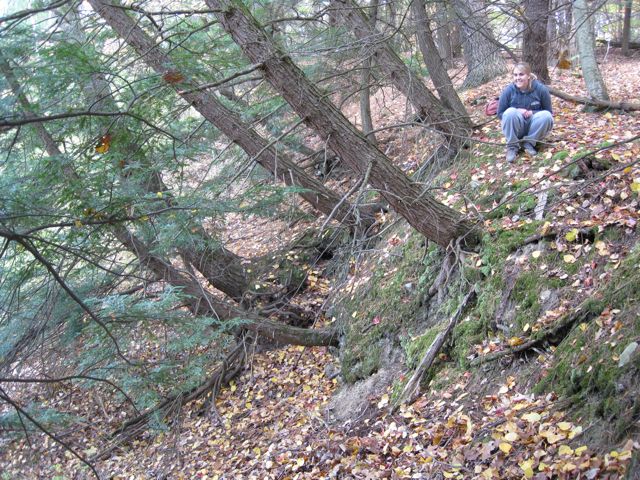
The crown of a slump along the banks of Plotterkill creek.
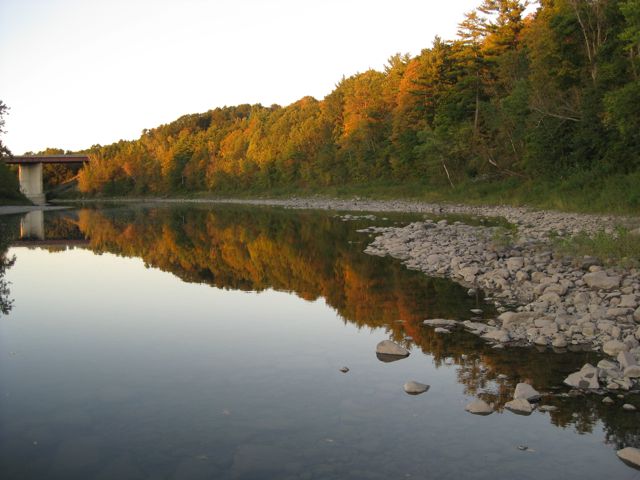
Shoreline of the Schoharie Creek at the I-90 Bridge.
.
.
.
.
.
.
.
.
.
.
.
.
.
.
.
.
.
.
.
.
.
.
.
.
.
.
